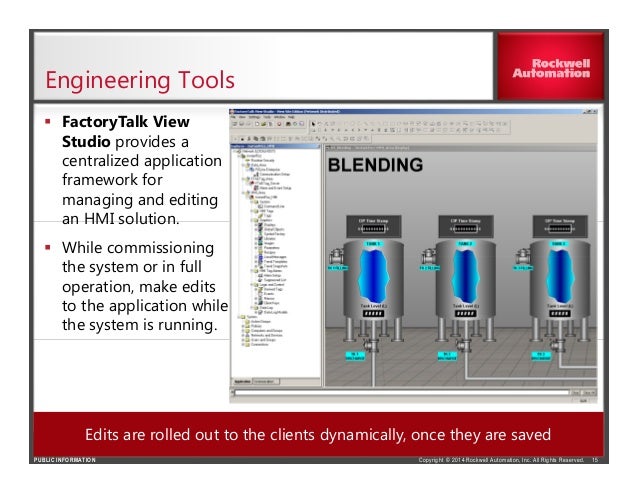

To disable BootP and give the PLC a static IP address, you’ll need another Rockwell tool called BootP DHCP EtherNet/IP CommissioningTool. This makes life much easier in the future, especially with integrating SCADA, remote access, and device troubleshooting. However, DMC finds that best practice is to setup static IP addresses for all devices on the control network. The factory default for Allen-Bradley PLCs and many peripherals is to ship with BootP/DHCP enabled. That means you’re ready to assign IP addresses. If you are doing this on a live system – STOP! When the firmware upgrade completes, the PLC will begin scrolling its MAC address across its display (if applicable). Accept all the warnings that tell you not to do this on a live system. Navigate to the PLC in RSLinx and click OK. With an Ethernet cable connected directly between your PC and the PLC, follow the prompts to select your model number and firmware revision. To do this, you’ll need a Rockwell tool called ControlFLASH. Believe me, it’s as exciting as the icon makes it look, just without the lightning bolts. Now what? If it’s fresh out of the box, you’ll likely have to install the firmware.

Once you've accomplished this, give yourself a pat on the back and read on! Firmware SetupĬongratulations, you’ve just powered up your shiny new Allen-Bradley PLC for the first time. You'll also need a PC with all the relevant Rockwell software installed. All the information covered here is also available in Rockwell’s help documentation, but I tried to distill out the most important bits to get you off the ground as fast as possible.īefore we start, you'll need all of the components networked together and powered on. In this blog, I’ll walk you through the basic commissioning steps to get a brand-new Allen-Bradley PLC and HMI up and running.


 0 kommentar(er)
0 kommentar(er)
